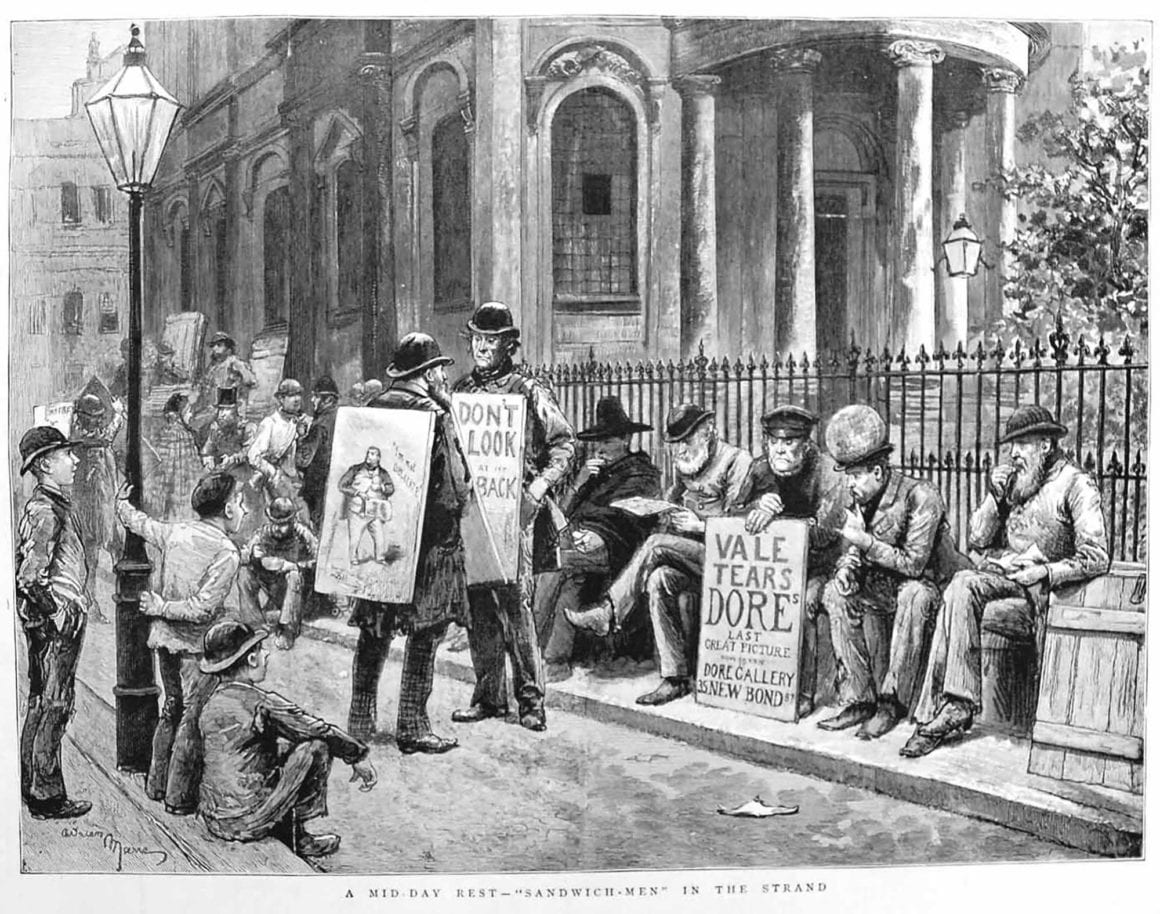Familiarity breeds intent: 5 tips for building brand awareness

Building a brand may not be as expensive or as tough as you think.
Brace yourself – according to a recent DemandGen report, 9 out of 10 business buyers say that when they’re ready to buy, they’ll find you.
Now ask yourself: will they?
The b2b buy cycle is fundamentally changing, and vendors are on the back foot. The Internet has empowered business service and product buyers with the ability to research, scope, specify, shortlist vendors, and even purchase without any of us even getting a sniff of what they’re up to.
This means brand awareness is firmly back on the agenda.
I don’t mean brand awareness in the sense of simply pushing your brand out there for the world and her pet labradoodle to see. I mean building favourability and familiarity with your brand among the people who matter – employees, customers, prospects, and influencers. This needs your brand to be relevant, interesting and different. It needs to engage hearts and minds.
Haven’t got a multi-million dollar ad budget? Working with one of those brands that’s more a ‘how do you spell that’ than a ‘we’ve already shortlisted you’? Here are a few tips that we’ve picked up at Earnest to help you on your way:
1. Get your own people on-side
If there’s only one thing you do as part of your brand awareness strategy, employee engagement is it.
Because if your own staff don’t get and believe in your brand, chances are the rest of the world never will. That’s why, it always pays to invest in building your brand on a fundamental truth, not hype, and to ensure your staff understand the brand and the role they play in being the living, breathing embodiment of it.
One client of ours chose to drop the word ‘brand’ altogether and called it ‘reputation’ instead, to overcome people’s cynicism about ‘marketing speak’. They run a reputation programme to help all staff better understand how what they say and do on a daily basis defines the way the company is seen out there in the real world.
Use senior execs from across your business as visible sponsors, bring your brand story to life using rich media, hold regular internal events that encourage participation and dialogue with staff.
Show why your brand matters: encourage staff to share success stories, build brand experience rooms in your offices. Think of what a difference having all the people across your business able to consistently articulate what your brand is about, and deliver a consistent experience to anyone who comes into contact with your business.
2. Build a thought-leadership programme
You don’t need to be the market leader to be the thought-leader in your space. It’s about carving out a position of authority on the issues that really matter to your customers and prospects by helping to shape their strategy and ultimately, being part of the solution for addressing these issues.
There’s so much buzz around ‘Content Marketing’ at the moment – and to be honest, whatever you want to call it, it should be a key pillar of your brand awareness strategy. Research your market. Know what the big pain-points are. Know what they are likely to be in the future (New legislation? New competition? Consumer trends?) Think about which issues your business can and should be owning.
So what could your thought-leadership programme look like? Fantastic content. Stimulating events (peer-to-peer, exclusive, face-to-face and online) – if your brand hasn’t got the pull yet, piggyback on the brands of others to attract the right audience. Rich media content (videos, infographics, e-books). Exploit social media. Make sure your SEO’d up to the hilt and PR the hell out of your content.
3. Be part of the online conversation
According to research by the folk at Cone Inc, 85% of business buyers believe companies should not just present information via social media, but use it to interact and become more engaged with them.
Yep, there’s undoubtedly hype surrounding social media but dismiss it at your peril. The biggest excuse we come across is ‘well my target audience just doesn’t use social media’. Okay here are two good cases alone to overcome that argument: search and PR.
Every blog post shared, every video commented on, every interaction online leaves a footprint and can be used to link-build. And those links are pretty damn important to your search engine performance. As for PR, 56% of journalists said social media was important or somewhat important for reporting and producing stories according to recent research by Cision.
The long and short of it is that social media affects how visible your brand is online. Chances are your target audience is social networking, using the various platforms for research, peer-to-peer discussions, and sharing opinions. Make sure you know where and how to be part of those conversations, otherwise you might just as well bury your head in the sand.
4. Build the right partnerships
Few buyers are willing to put their necks on the line, particularly when it comes to high-value propositions – and opt for an unknown vendor. The stakes are just too high. So if the mention of your company name is more likely to result in a blank stare than a ‘Wow, we’ve got to talk’ then that’s where leveraging the brands of more established partners can pay dividends.
Unfortunately, most of those partnerships will need to be fostered through commercial arrangements – there’s got to be some: ‘What’s in it for me?’ for both parties, so in simple terms, you may need to splash a degree of cash.
If it’s a media partnership, make sure you select a well-respected media owner who can give you access to your audience and also has kudos with that audience.
If it’s a channel partner, spend time investing in the relationship – ensuring their staff are fully aware and bought into your brand, as well as what you’re trying to achieve.
Education and enablement are vital to making any partner a true brand ambassador and ensuring a partnership that works for you both.
5. Remember: customers are your best advocates
══════════════════
Building a brand isn’t easy, but it’s also not as hard as many folks would have you believe. Even if you don’t have the luxury of massive corporate coffers, if you can get the basics right the ripples will turn into waves before you know it.
• • •
This post also appears on www.PaulWriter.com – India’s only b2b marketing hub. Follow Paul Writer on Twitter for more good stuff on all matters b2b marketing @paulwriter
We all create case studies. Unfortunately most are sanitised corporate drivel. Better that though than none at all. That said, a case study is one thing, but a proper customer engagement programme is a whole other matter.
Don’t overlook the fact that what your customers say about your business speaks volumes and encouraging advocacy requires a well-defined customer programme.
Your customer marketing should never stop once the sale has been made. The focus should be on making every customer feel loved and valued. Don’t be afraid to build peer-to-peer forums for your customers to meet virtually or in-person and share their experiences.
Provide them with unique content, exclusive access to research, previews of new product releases and enable them to input into your roadmap. Better still, ask them what information they need and provide it. All the time, think about the brand experience you’re delivering. And next time they’re asked for a recommendation, chances are it’ll be your brand that comes to mind.
══════════════════
Building a brand isn’t easy, but it’s also not as hard as many folks would have you believe. Even if you don’t have the luxury of massive corporate coffers, if you can get the basics right the ripples will turn into waves before you know it.
• • •
This post also appears on www.PaulWriter.com – India’s only b2b marketing hub. Follow Paul Writer on Twitter for more good stuff on all matters b2b marketing @paulwriter
